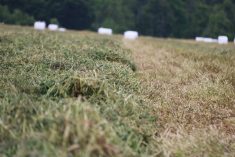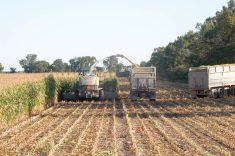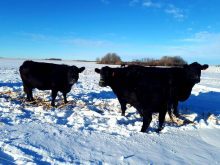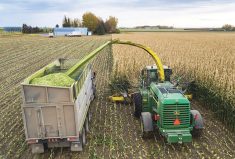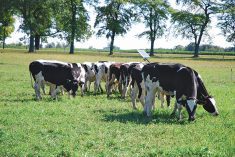Those marketing hybrid fall rye hope their next market expansion might involve hooves.
Herman Wehrle, director of market development with FP Genetics, is exploring how hybrid rye might work into greenfeed and grazing systems, having already spent the last several years evaluating its use for silage.
Why it matters: Industry is trying to shift hybrid fall rye outside of its normal grain market and into use for forage and grazing, but there are plenty of questions on how the crop best fits.
Read Also
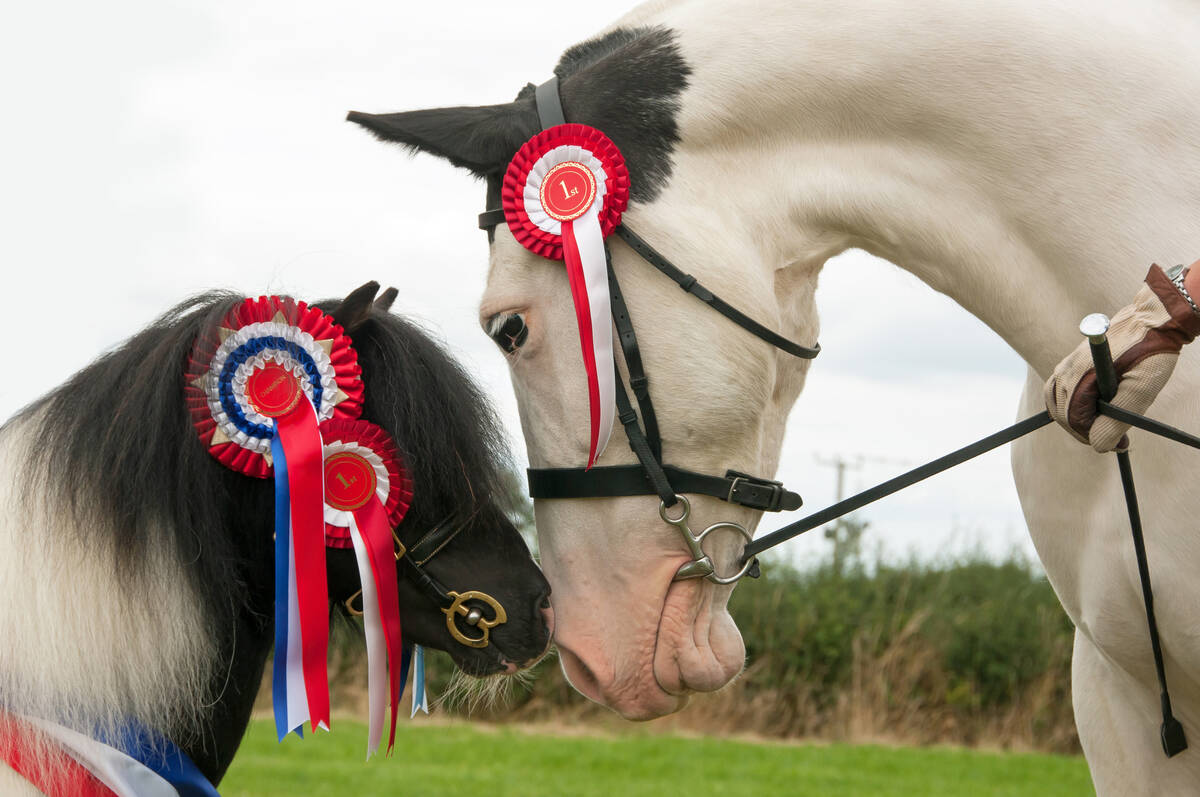
Linebreeding horses drives genetic bottlenecks
Too much linebreeding and prioritizing pedigree can narrow genetic diversity and lead to horse health problems in future generations.
According to Wehrle, silage trials over the last three years have shown about 20 per cent yield benefit compared to conventional rye and other cereals such as oats or barley. Trials reported up to 19-tonnes-per-acre yield in ideal conditions.
Now, the company wants to see how and when direct grazing might be added into the equation, and to what effect.
“As we look at getting into the forage market, there are so many different ways that farmers do things on their farm that we want to try and find out what are the most practical ways people are wanting to do things and trying to find solutions around that,” Wehrle said.
A hybrid rye crop taken early for greenfeed could later provide fall grazing through regrowth, he noted as an example.
Alternately, Wehrle raised the idea of spring grazing. Hybrid rye typically breaks ground two weeks earlier than winter wheat, something that might offer some early forage for producers looking to cut winter feeding short.
That latter point may be of particular interest for producers in Manitoba, who have had several years of poor spring growing conditions, short winter feed and high hay prices.
FP Genetics now hopes a project at Manitoba Beef and Forage Initiatives (MBFI) north of Brandon may help fill some knowledge gaps.

Plots at MBFI were planted to either conventional or hybrid rye this September. The project will turn cattle onto those plots for early grazing come spring, as well as assessing greenfeed potential later in the season.
There is little data so far on how much biomass that early grazing might provide, Wehrle added, although the MBFI project will be grazed this spring.
It is also unknown how much that early grazing might impact a later greenfeed or silage harvest. The crop would likely be delayed by several weeks in that situation, Wehrle estimated.
“It will probably reduce the yield of that greenfeed as well,” he said. “It’s hard to say what the difference is going to be because a lot of it will depend on weather. If you got lots of moisture right after you take the cows off and that thing just gets going right away, then obviously your yield hit is going to be a lot less.”
The question will likely come down to the circumstance of each farm and whether the potential hit is worth the cost, in exchange for an earlier spring.
Hybrid rye is likely not worth it, however, for producers who are only interested in grazing.
“The plant’s quite small yet, so it hasn’t really had the opportunity to use the full whack of the genetics package that it comes with,” Wehrle said. “So whether you’re using an open-pollinated rye or a hybrid rye, I don’t think that you’ll see the bigger differences. Once that plant gets to grow and make a forage that would be taken just at the milk stage of heading, then it’s had its chance to really express its genetics.”
Hybrid rye in Manitoba thus far has largely been driven by grain.
Doug Martin of the Manitoba Crop Alliance noted the popularity of hybrid rye as a grain crop, but could not speak to the crop’s potential for livestock.
Winter Cereals Manitoba, one of the commodity groups now under the umbrella of the Manitoba Crop Alliance, met with MASC last year, Martin said.
“At the time, our winter wheat acres were down and fall rye acres were up,” he said. “The hybrid rye has kind of taken over the winter wheat acres.”
Just shy of 53,800 acres of hybrid fall rye were reported to Manitoba Agricultural Services Corporation (MASC) last year. In comparison, just over 40,300 acres of open-pollinated fall rye were reported in 2019. KWS Bono, the same variety involved in the MBFI grazing trial, made up over 71 per cent of all hybrid rye planted last year, according to MASC.
At the same MASC meeting, Martin says he was told most rye acres in the province were going to hybrid rye, although the market for the crop has recently softened.




